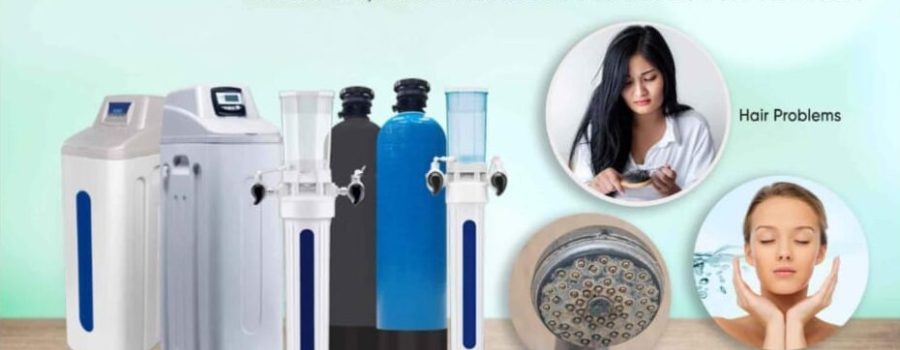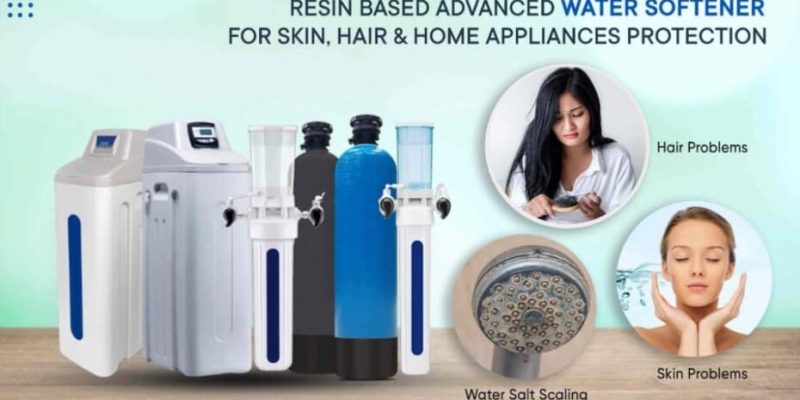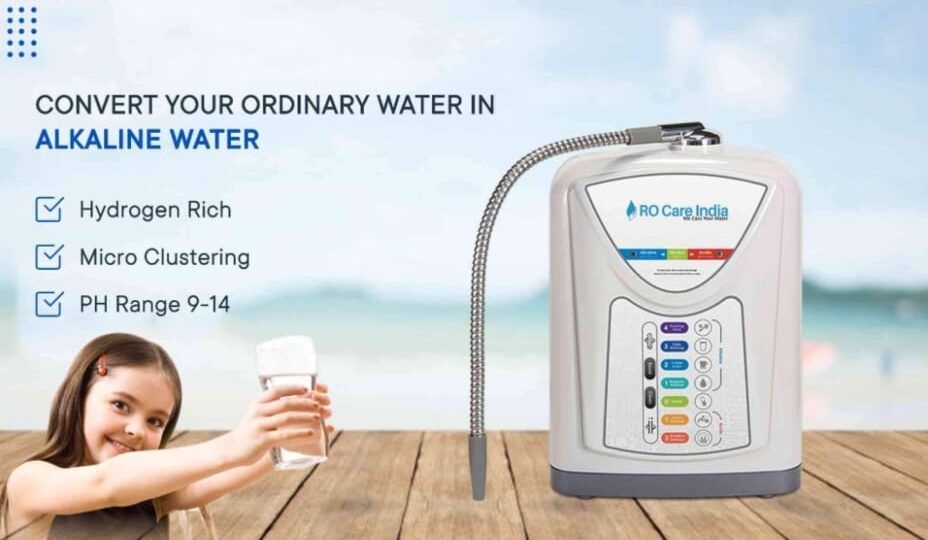

Need of Iron removal filter for home
High amounts of iron in water can change its colour, turning it yellow, brown, or red. This can damage clothes, dishes, sinks, and other fittings. An iron water filter collects and gets rid of iron particles in the water, keeping it clear and looking nice.
Unfortunately, iron in water can make it taste and smell rusty, which can lower its quality and pleasure. A water filter that removes iron from the water makes it taste and smell better, making it more enjoyable and relaxing.
Softened water enhances the effectiveness of cleaning agents such as soap and detergent. This means that less cleaning product is needed to achieve the same results, leading to cost savings and a more environmentally friendly approach to cleaning.

Iron Removal filter for home
Several water treatment methods are available. Among these, water softener stands out as a common and effective approach, aiming to eliminate or diminish the concentration of minerals responsible for water hardness. Techniques such as ion exchange, reverse osmosis, or lime softening are commonly employed to achieve this goal.
Softening water involves the process of ion exchange, where calcium and magnesium ions are exchanged with sodium or potassium ions.
Watch the video for detailed explanation
Iron Removal filter for home
Water softeners effectively prevent the formation of scale deposits in pipes, appliances, and fixtures. This is crucial in maintaining the efficiency and longevity of plumbing systems and water-using appliances like water heaters and dishwashers.
By reducing the accumulation of mineral deposits, water softeners contribute to the prolonged lifespan and improved performance of water-using appliances. This can result in cost savings over time by minimizing the need for repairs and replacements.
Softened water enhances the effectiveness of cleaning agents such as soap and detergent. This means that less cleaning product is needed to achieve the same results, leading to cost savings and a more environmentally friendly approach to cleaning.
Bathing in soft water can have cosmetic benefits, as it tends to be gentler on the skin and hair. Soft water reduces the need for excessive soap or shampoo, resulting in softer, smoother skin and more manageable hair.
Water softeners can contribute to energy efficiency by ensuring that appliances like water heaters operate more efficiently. Scale buildup in heating elements can reduce efficiency and increase energy consumption, but water softeners help prevent this issue.
Softened water produces less soap scum, making cleaning tasks more manageable and reducing the need for abrasive cleaning agents.
Softened water can be gentler on fabrics, leading to less wear and tear on clothing over time. It also allows for more effective rinsing during laundry, ensuring that detergent residues are thoroughly removed.
Water softeners contribute to an overall improvement in water quality by removing or reducing the minerals that contribute to hardness. This can lead to better-tasting water and may also positively impact the colour and clarity of the water.
Diagram of Iron Removal filter for home

Iron Removal filter for home Process
1.Raw water intaking
An intake system brings water from a source, like underground or surface water, into the water softening plant.
2. Pre-treatment
Pre-treatment methods employed to eliminate bigger particles, sediment, or organic matter from the raw water. This process involves many stages, such as screening, sedimentation, or filtering.
3. Softening process
The central component of the water softener facility includes one or several units dedicated to the process of water softening. The ion exchange resin beds in these units are generally made of polystyrene sulfonate resin. While letting sodium or potassium ions go into the water, the resin beads retains the calcium and magnesium ions.
4. Regeneration process
After particular time the resin beds become saturated with calcium and magnesium ions and need to be regenerated. Typically, a concentrated brine solution containing sodium or potassium chloride is used to remove the resin matrix as part of the regeneration process. This procedure recharges the resin for additional softening by displacing the accumulated hardness ions.
5. Rinse cycle
After regeneration, a rinse cycle is carried out to remove residual brine and any impurities from the resin bed.
6. Soft water storage
The softened water, now free from excessive calcium and magnesium ions, is stored in a dedicated tank or reservoir for later use.
Iron removal filter facilities vary in size and complexity based on water volume and application needs.
